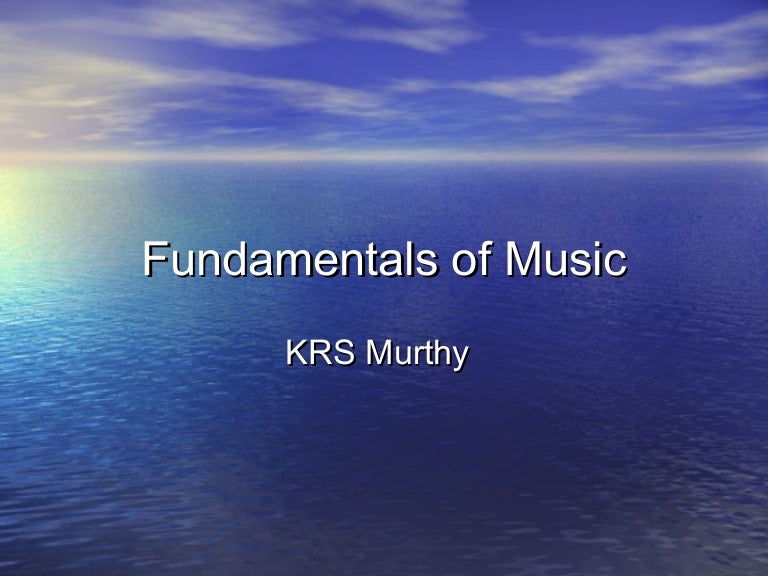

#Fundamentals of musicality how to#
When a dancer learns a specific dance, they learn how to maintain the form and how to shape that form in the moment according to the context of the song, the partnership, the floor of other dancers, and their own interpretation. The music and the dance are designed to provide this combination of stability and flexibility. The form of the music is structured enough to allow for communication yet flexible enough to allow for creativity and expression. Just as the way two human bodies can move together is a limiting factor – let’s call it a focusing factor – in any partnered dance, so too is the music a focusing factor. The form of a particular dance was not designed by committee it developed over time interdependent with the limits and possibilities of the human body, the human partnership, and a particular music form. And because we as dancers choose to operate within a specific form, dancing is a creative endeavor, for as Robert Grudin writes in The Grace of Good Things, “he subject of creative thinking is form.” In fact, it is the very medium we use for communication and expression. This form is not a necessary evil but rather a necessary good. The form of our specific dance – its structure, organization, and relationships – narrows the physical choices available, not in a way that is stifling but in a way that focuses our body, mind, and energy like a magnifying glass. As always, I welcome your feedback so I can continue to develop and refine these ideas.Ī dancer moves in time and space, and this time and space is shaped by the dance’s form. Hopefully this article gives you a good introduction to the creative element and leaves you curious to learn more.

#Fundamentals of musicality series#
To keep the series manageable, I will cover just a few concepts here. As I mentioned in Part 1, this series is part of a larger project I am working on. We will discuss the creative element first. Musicality consists of the following five elements: Let’s find out what these elements are and then explore them one by one. Our exploration of the creative element, for example, will not be complete until we’ve explored the other four elements. As I wrote in Part 1, our senses are “felt, perceived, and interpreted in light of each other.” So although we will be discussing the five elements one by one, they are interdependent with each other in a way that will become clear as we move through the series. These elements are listed in the order we will be discussing them, not in order of importance. This series outlines five elements that together provide an effective framework for exploring musicality. You may also be interested in completing the homework for Part 1 before reading further. If you haven’t read Part 1 yet, I encourage you to do so before continuing.

In Part 1: Gathering the Senses, I started this series by writing that we need a more powerful idea of musicality that is at once more specific and more liberating. The Five Elements of Musicality, Part 2: The Creative Element


 0 kommentar(er)
0 kommentar(er)
